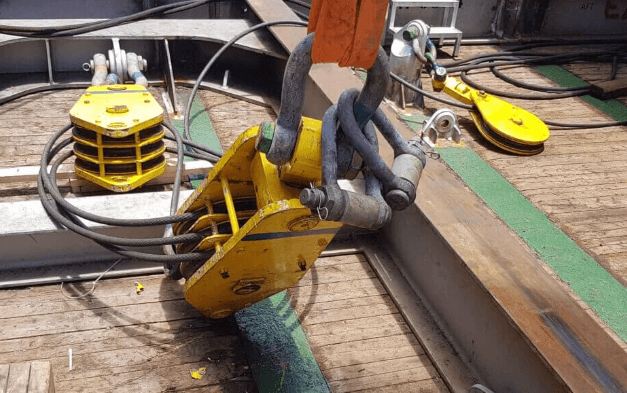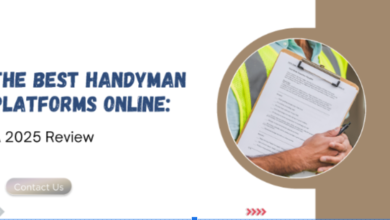Choosing the Right Rigging Equipment for Your Project Needs

Are you wondering how to select the most suitable rigging tools? Do you know the factors to consider before making a decision? Choosing the correct equipment is crucial for safely lifting or securing loads. It ensures the safety of operations and maximises the efficiency of your tasks.
A bow shackle, for instance, is an essential tool in many lifting and rigging activities. The right equipment can significantly impact performance, making understanding the various options and their specific applications vital. Whether working on a construction site or a transport facility, correctly choosing rigging tools is critical to achieving safe outcomes.
Assessing Load Requirements
The first step in selecting the proper rigging tools is to evaluate the weight and nature of the load. Different tools are designed to handle specific load capacities, so understanding the weight limits is necessary. Tools with insufficient load capacity may fail, causing damage or injury.
Understanding the load’s weight helps choose appropriate lifting components, such as hooks, shackles, and ropes. For heavier loads, it is advisable to opt for larger shackles that offer better load-bearing capacity. Meanwhile, lightweight options ensure ease of handling and safety for smaller loads.
See also: The Impact of Digital Marketing Agencies in Toronto: Driving Success for Local Businesses in 2024
Considering Material Compatibility
Rigging components come in various materials, each suited to different conditions. For example, alloy steel is often used in rigging tools due to its strength and durability. Stainless steel offers excellent corrosion resistance, making it ideal for marine environments.
When choosing components, consider the working conditions and the material properties. For instance, equipment used in corrosive environments should have rust-resistant properties to ensure longevity. By selecting the suitable material, you minimise wear and extend the lifespan of the tools.
Ensuring Proper Connection Points
Correct connection points are critical to maintaining the integrity of the rigging system. When connecting shackles, hooks, or ropes, ensure they are compatible in size and shape. An improper connection can lead to stress points, increasing the risk of failure.
- Match the pin size of the shackles with the eye of the rope.
- Only approved connectors are used to maintain the system’s integrity.
- Ensure all connection points are inspected before lifting operations.
These precautions help prevent accidental detachment or slippage, ensuring a safer working environment. It is essential to verify that each component is correctly secured before initiating any lifting or moving activities.
Understanding Safety Standards
Safety should be a top priority when selecting rigging tools. Each component must comply with relevant safety standards and guidelines to ensure secure operations. For example, tools should meet the standards set by the Occupational Health and Safety (OHS) regulations in Australia.
Safety certifications indicate that the equipment has been tested for quality and performance. Ensure that all rigging tools, including shackles, hooks, and slings, are certified for safe use. Regular inspections also help identify wear or damage, allowing timely replacements to maintain safety.
Proper Storage and Maintenance of Rigging Equipment
Proper storage and regular maintenance of rigging tools contribute significantly to their longevity. Tools should be kept dry and clean to prevent rust or corrosion. After each use, components should be cleaned and inspected for any signs of wear or damage.
Lubricating moving parts and checking for cracks or deformities can extend the lifespan of rigging tools. Regular maintenance ensures that the tools remain in optimal condition and are ready for use whenever needed. Neglecting maintenance can compromise safety and lead to unexpected failures during operations.
Choosing the right bow shackle and other rigging components is vital for safe and efficient operations. Operators can achieve successful outcomes in various lifting tasks by evaluating load requirements, considering material properties, and following safety guidelines. Proper selection and maintenance of rigging tools ensure a safer and more productive work environment.





